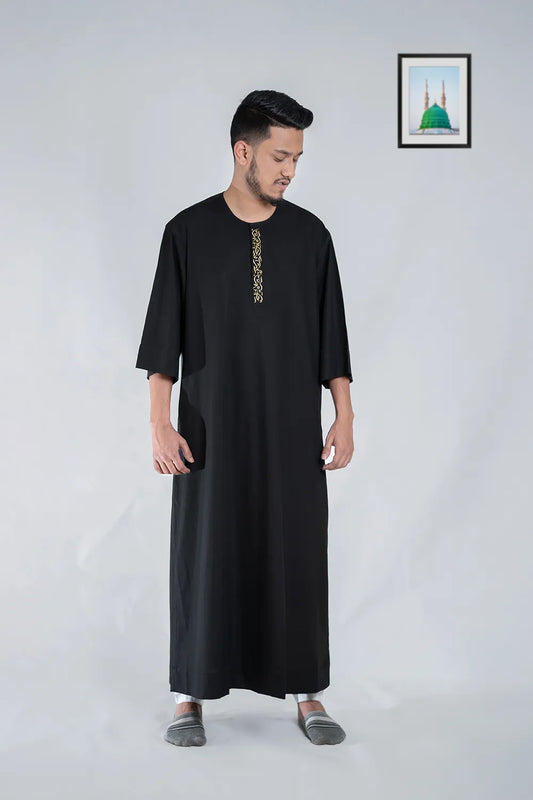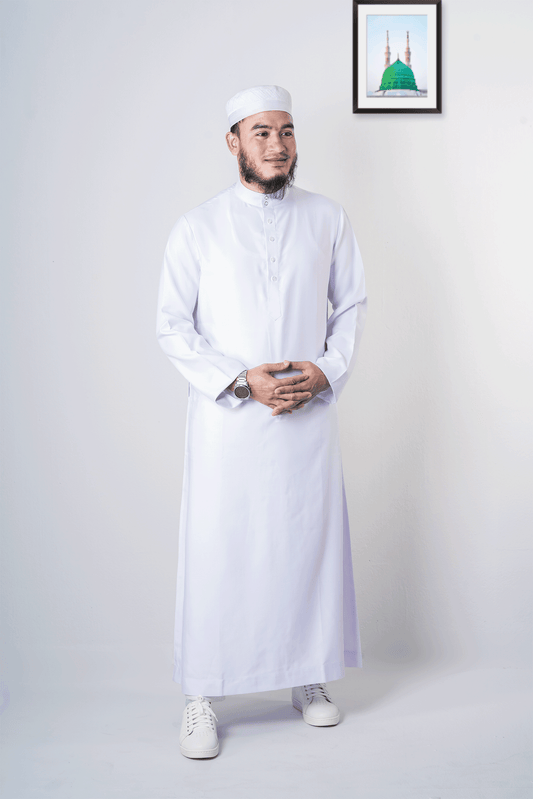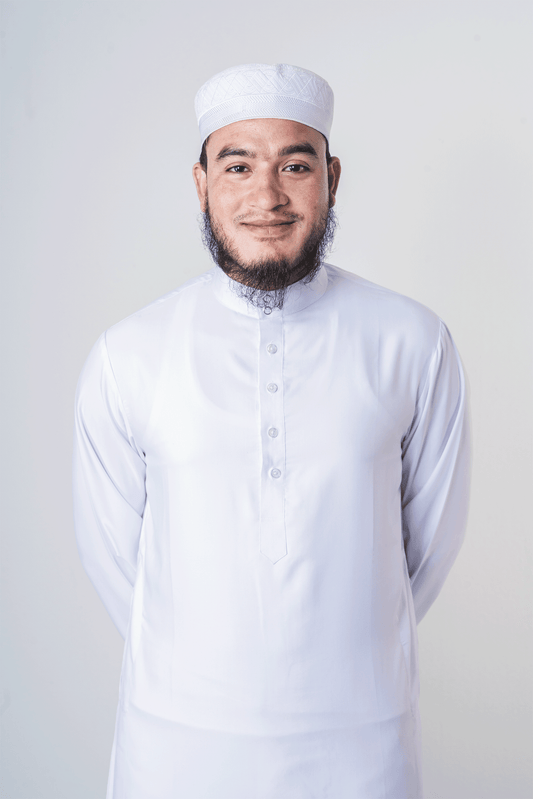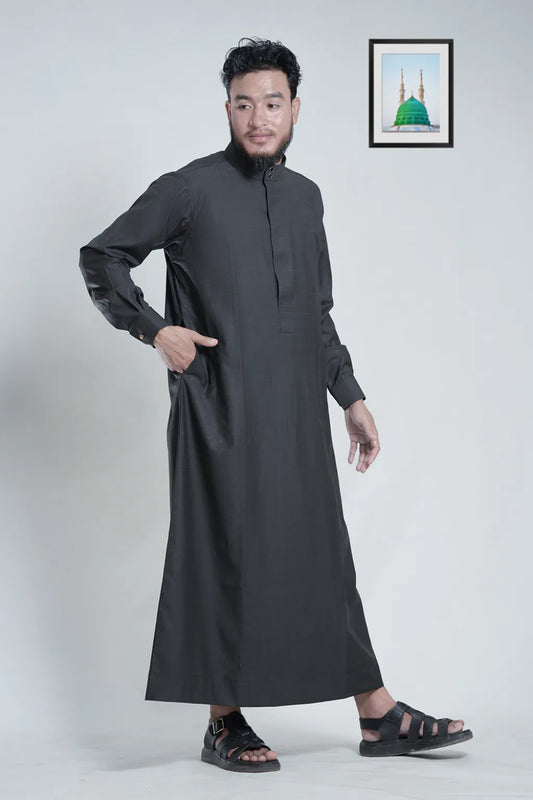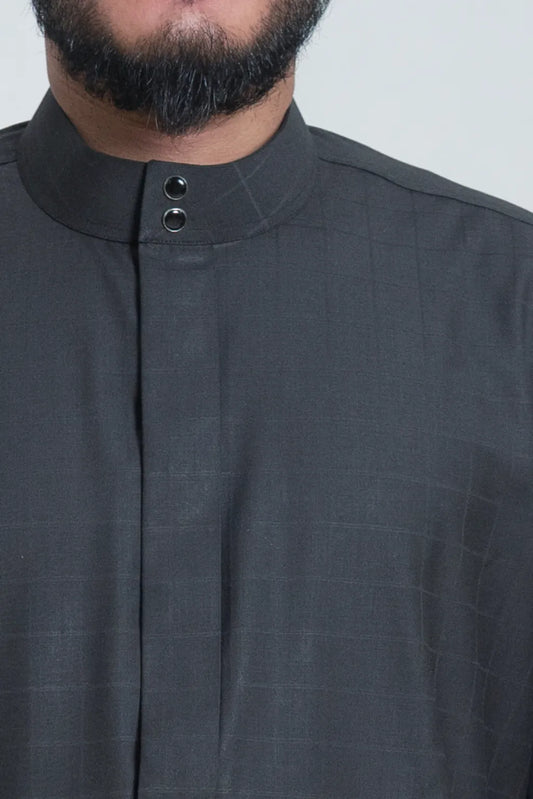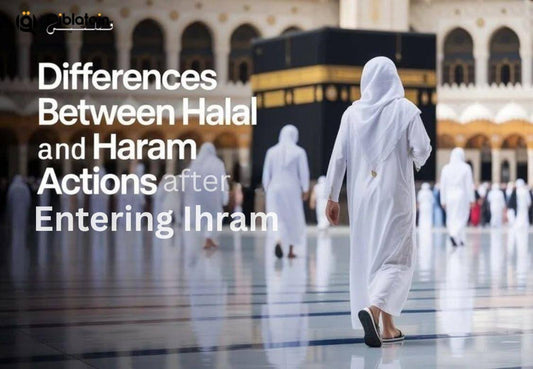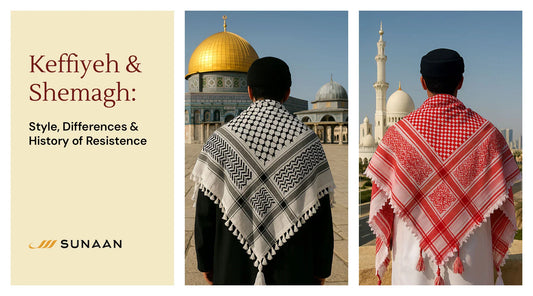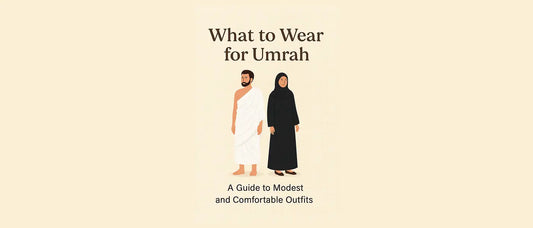Whether it’s the red scarf worn by Arabs in the Gulf or the black-and-white one seen at Palestinian protests, these iconic scarves carry more than just style. They hold deep cultural roots, regional identity, and even political resistance.
In this article, we’ll explore the differences between the keffiyeh and the shemagh, their histories, symbolism, and how to wear them with respect.
What Are the Keffiyeh and Shemagh?
Keffiyeh: The Heart of Palestinian Identity

The Keffiyeh is a square cotton scarf with checkered patterns. It’s also called Kufiya or Hatta. People wear it for sun and dust protection. It’s common in Palestine, Jordan, and Syria (Levant).
Its design carries deeper meaning. The patterns reflect fishing nets, olive branches, and trade routes. Each line tells a story of place and people.
But it’s more than just a scarf. The Keffiyeh stands for Palestinian pride and resistance. Many activists wear it to show support.
Shemagh: A Gulf Tradition with Desert Roots

The Shemagh is a square cotton scarf with bold patterns. It’s common in Gulf countries like Saudi Arabia, the UAE, and Iraq. People wear it for sun, dust, and cold protection. It comes in red-and-white or black-and-white designs.
The fabric is thicker than the Keffiyeh. This makes it better for harsh desert weather. It’s often worn with a thobe and held in place by an Agal.
While not always political, the Shemagh still carries meaning. It reflects Bedouin strength and deep Gulf traditions.

Tailor a thobe to fit your size

No measurements required

Worldwide delivery

30 days easy return
From Tradition to Resistance: A Shared History
Keffiyeh: From Farmers to Freedom Fighters

The Keffiyeh is now a global symbol of resistance. But it began as sun protection for farmers and fishermen. In the 1930s, it became a sign of revolt in Palestine. Rural people used it to stand apart from city elites.
In the 1960s, Yasser Arafat wore it with purpose. He styled it to resemble the shape of Palestine. His look made the Keffiyeh known worldwide as a mark of struggle.
“Wearing my Keffiyeh feels like holding my family’s story,” says Noor, a Palestinian-American student. Today, many wear it to show support in protests.
Shemagh: Desert Legacy and Cultural Pride

The Shemagh began with Bedouin tribes in the Arabian desert. They used it to survive heat, wind, and cold. Its red-and-white design is common in Saudi Arabia. In Iraq, black-and-white is more popular.
These patterns show tribal roots and local pride. “My grandfather’s Shemagh reminds me of our Bedouin roots,” says Khalid, a Saudi teacher.
People still wear it at national and religious events. It remains a strong symbol of Gulf identity.
Key Differences Between Keffiyeh and Shemagh
While they may look similar, the Keffiyeh and Shemagh differ in design, region, fabric, and cultural meaning. Here's a quick side-by-side comparison.
| Feature | Keffiyeh | Shemagh |
| Design | Tight black-and-white or red-and-white checks, symbolizing fishing nets and olive branches | Bolder red-and-white or black-and-white geometric patterns, reflecting tribal heritage |
| Region | Levant (Palestine, Jordan, Syria) | Gulf (Saudi Arabia, UAE, Iraq) |
| Cultural Role | Palestinian identity and resistance | Gulf pride and desert resilience |
| Fabric | Lightweight cotton for hot days | Thicker cotton blends for warmth |
How to Wear a Keffiyeh or Shemagh: Style Tips.
These versatile scarves blend function, tradition, and modern flair. Here’s how to wear them:
- Keffiyeh: Classic Neck Wrap
Fold into a triangle, place the center at your neck, wrap the ends around your back, and let them hang or tuck for a sleek look. Perfect for casual outings or solidarity events. - Keffiyeh: Shoulder Drape
Drape over your shoulders with the pointed end down your back for a bold, elegant statement, ideal for cultural gatherings. - Shemagh: Traditional Desert Style
Drape over your head, secure with an Agal, or wrap around your neck for warmth. Pair with a thobe for a timeless Gulf look. - Shemagh: Modern Casual
Knot loosely around your neck with jeans or a jacket for a fusion of tradition and streetwear.
Pro Tip: Before wearing a Keffiyeh or Shemagh, it's important to understand their cultural roots. These scarves carry deep meaning—style them with awareness and respect.
Need help learning how to wear or tie a Keffiyeh or Shemagh? These step-by-step video tutorials show traditional and modern styles:
Practical Tips:
- Where to Buy: Support artisans by purchasing from Palestinian cooperatives like Kufiya for Keffiyehs or Gulf markets for authentic Shemaghs.
- Care Instructions: Hand-wash Keffiyehs with mild soap to preserve their light cotton; avoid machine-drying Shemaghs to maintain texture.
- Cultural Sensitivity: Wear these scarves thoughtfully, acknowledging their political and cultural weight to avoid appropriation.
Final Words
The Keffiyeh and Shemagh are more than fabric. They carry deep meaning, history, and identity. From Palestine to the Gulf, these scarves tell stories of struggle and tradition.
People wear them for warmth, style, or support. But their roots go much deeper. They connect us to culture, heritage, and generations before us.
Wear them with care. Learn their history. Share their meaning. These scarves help us honor the past and stay grounded in the present.
1. What is the main difference between a Keffiyeh and a Shemagh?
The Keffiyeh is linked to Palestine and often carries political meaning, while the Shemagh is commonly worn in Gulf countries and reflects cultural and tribal identity. The Keffiyeh typically has tight black-and-white patterns; the Shemagh features bolder red-and-white or black-and-white designs.
2. Is the Keffiyeh a political symbol?
Yes. The Keffiyeh became a symbol of Palestinian resistance during the Arab Revolt (1936–1939) and was later popularized globally by Yasser Arafat. It is now used in protests around the world as a sign of solidarity.
3. Can anyone wear a Keffiyeh or Shemagh?
Yes, but it's important to wear them respectfully. Learn their history and cultural meaning before using them as fashion accessories to avoid cultural appropriation.
4. What do the patterns on a Keffiyeh mean?
The Keffiyeh’s design isn’t just decorative. Its net-like patterns symbolize fishing nets, olive branches (peace), and trade routes — all rooted in Palestinian heritage.
5. How do I tie a Shemagh or Keffiyeh properly?
Both scarves can be tied around the neck or worn on the head. Each style has different meanings and uses. Watch these step-by-step tutorials:
6. Where did the Shemagh originate?
The Shemagh comes from Bedouin desert culture and was used for survival in harsh climates. It is now a symbol of Gulf pride, often worn with a thobe and Agal.
7. What kind of fabric is used for Keffiyehs vs. Shemaghs?
Keffiyehs are usually made from lightweight cotton for hot climates. Shemaghs are made from thicker cotton blends for added warmth and durability in desert conditions.
8. Where can I buy an authentic Keffiyeh?
For authentic Keffiyehs, buy from Palestinian cooperatives like Hirbawi (hirbawi.ps). These support local artisans and preserve cultural heritage.
9. What is the red and white scarf Arab men wear?
That scarf is called a shemagh (also known as ghutra or kufiya in some regions). It’s traditionally worn in Gulf countries like Saudi Arabia, the UAE, and Iraq—both for protection from the desert climate and as a symbol of cultural pride. The red-and-white pattern is especially common in Saudi Arabia.
10. What is the black and white scarf worn in support of Palestine?
That is called a keffiyeh, a square cotton scarf with distinctive black-and-white patterns. It originated in Palestine and has become a global symbol of solidarity, especially in protests and political movements. Beyond its message, it also reflects Palestinian heritage and resilience.

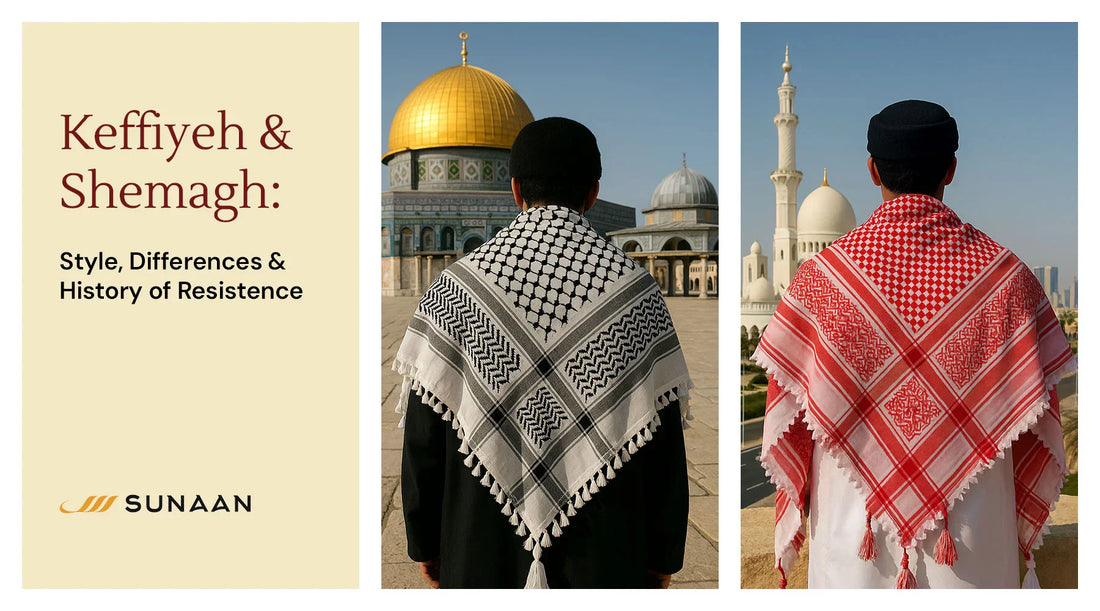

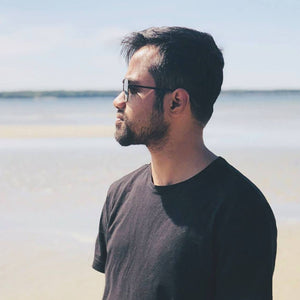
 https://sunaan.com
https://sunaan.com
